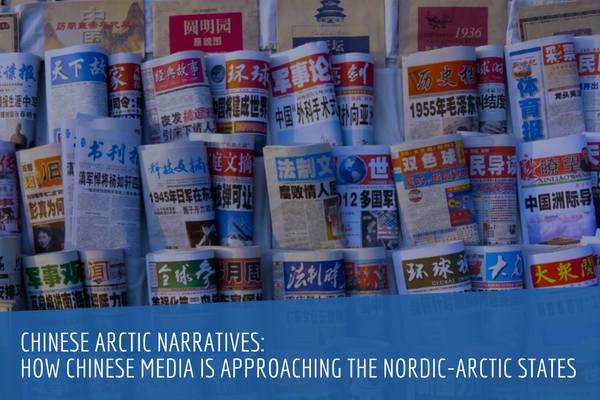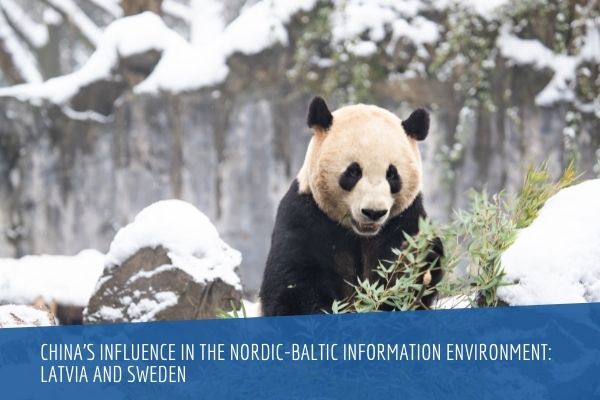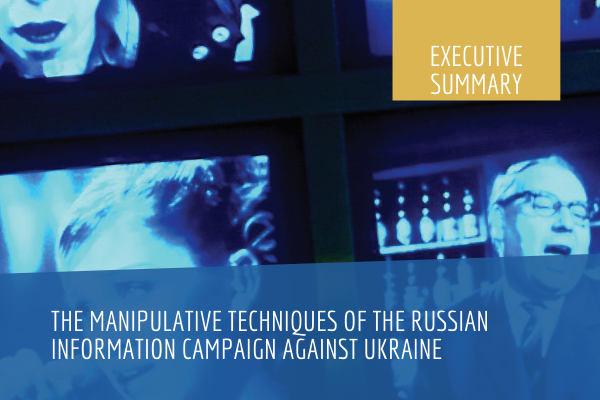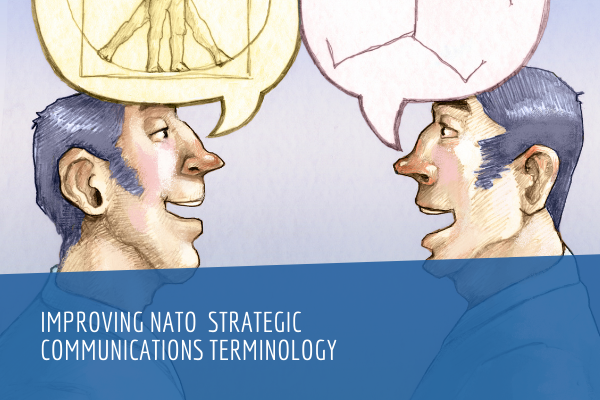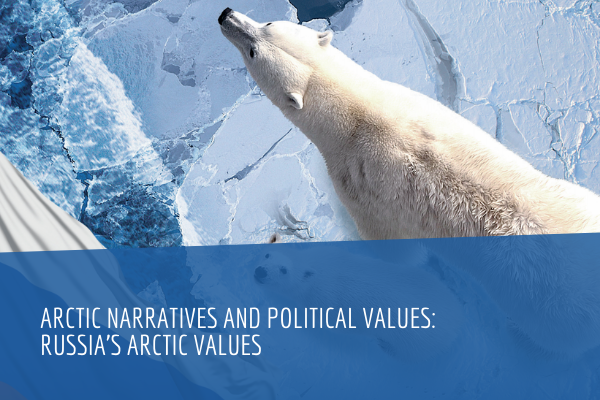This study analyses the official narratives and related political values of ten key Arctic actors, including the eight members of the Arctic Council, China, and NATO. This project builds upon previous research conducted by the NATO StratCom Centre of Excellence in 2018, ‘Arctic Narratives and Political Values’, which assessed the narrative strategies of three key Arctic nations—Russia, Canada, and China. Since this study is a continuation of the previous research, it follows the same structure and methodology.6 This report focuses on China, rather than any other Asian powers, mainly to ensure consistency with the research published in 2018, and because the initial report coincided with the publication of China’s first Arctic Strategy. We have now entered a particularly formative phase of China’s engagement in the region, which has strategic implications for NATO and the eight Arctic states.
Like the initial project, this research is ‘narrative driven’, meaning it focuses on the particular narratives communicated by each actor and therefore is based upon a qualitative interpretation of the sources. This research understands ‘narrative’ to mean a ‘story’ or a particular discursive construct in which the audience internalizes a specific lesson and moral message.
This narrative analysis is based on a range of different sources drawn from official government resources, including various Arctic-related press statements, speeches, and official policy doctrines available in English since 2012. Where English-language sources were not available for important key documents, such as a nation’s Arctic Strategy, these documents were analysed using either an official translation found via an open-source web search or using Google Translate. This report understands that there are often strategic and political reasons why some countries decide to translate their Arctic strategies into English. We can assume that for these countries their communication is intended for the international rather than the domestic audience. The Arctic communications of English-speaking countries such as Canada and the US may be designed to speak to both domestic and international audiences. This report will bear in mind both this distinction and the overall language limitations.
All sources were selected through a keyword search of these online resources, disregarding any documents that made only a passing reference to the Arctic. Whilst this project aimed to gain maximum consistency in the sources for each country, some variety was inevitable. If a country’s presentation of its national security and defence strategy dedicated considerable attention to the Arctic region it was included in the analysis, but if it made no substantive reference to the Arctic it was ignored. Some actors included in this study have published relatively few official communications about the Arctic over the last seven years, in which case the analysis focuses its attention on a smaller pool of key high-level policy papers and Arctic strategy documents. Even if these documents were relatively scarce for some countries, they still represent highlevel pieces of communication that have an important bearing on government decisionmaking and have the power to drive national dialogue and activity in the Arctic for many years to come.
The timeframe of this research is limited to the period from 2012 to mid-2019. This is partly to ensure that the insights drawn from this study can be compared and integrated with the results from the previous research, but also because this time period includes several formative moments in the evolution of Arctic relations, including the publication of China’s first Arctic Policy Paper in 2018, the shift in East-West relations following the Russian invasion of Crimea in 2014, and the opening of Arctic shipping channels after the record-breaking summer ice melt of 2012. For China, Russia, and Canada, this research picks up from where the previous project left off and analyses the 12-month period between mid-2018 to mid-2019. For the remaining seven countries, the project analyses all Arctic-related communications published between 2012 and 2019, with the timeframe extended slightly for some countries (e.g. Sweden, Iceland, and Canada) to include key Arctic policy papers.
The narrative analysis was conducted by identifying first the key issues emphasised in each source, and then the main narratives used to frame these issues. After the narratives were identified, their ‘strategic frames’ were coded and categorised according to national power dimensions.7 The narratives were then divided into three categories: ‘self’—the identity each country is building for itself in the Arctic; ‘region’— the vision that country projects upon the region; and ‘others’—how that country frames its relations with other actors in the Arctic. Using a method adapted from Ethel Albert’s ‘classification of values’ system,8 we identified each narrative’s political value, character, and behavioural directives. ‘Political value’ refers to the basic prescriptive beliefs that shape individual or group political behaviours, whereas ‘directives’ guide other actors towards desirable actions and steer them away from what is perceived as destructive behaviour. Using a Russian narrative idea as an example—‘Russia is the natural leader of Arctic affairs’—two opposing behavioural directives can be identified. The first encourages other actors to accept Russia’s leading role in Arctic governance, whilst the second discourages behaviour that may challenge the status quo and Russia’s authority in the Arctic. Although this research does not provide an exhaustive list of the political values and specific behavioural directives identified in each of the documents analysed, Albert’s methodology is useful for analysing such a large volume of sources and for breaking down the narratives so as to help identify the key interests and national priorities of each of the ten Arctic actors.

